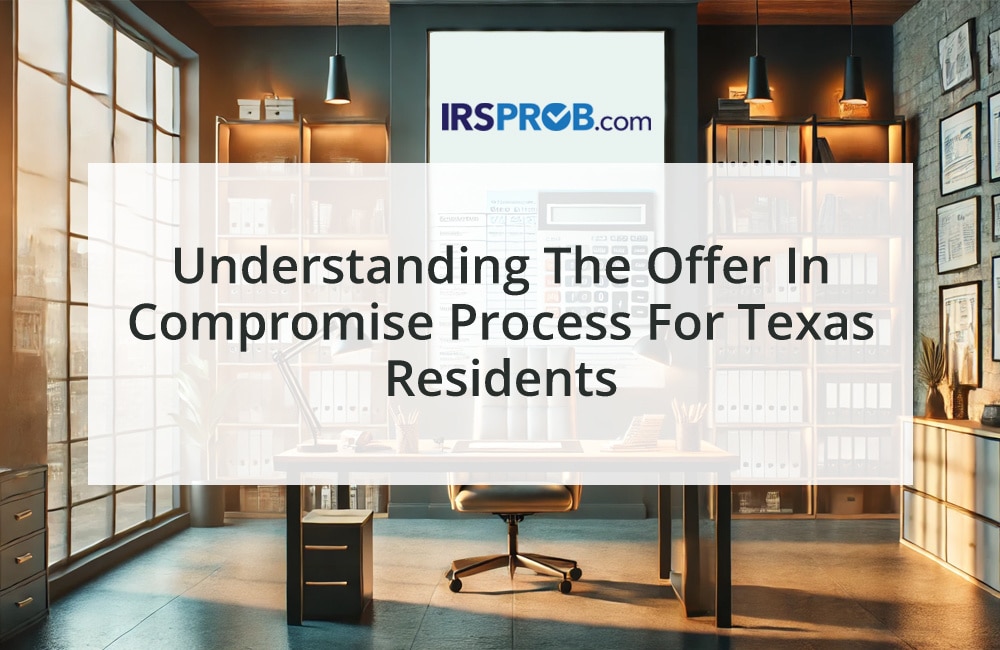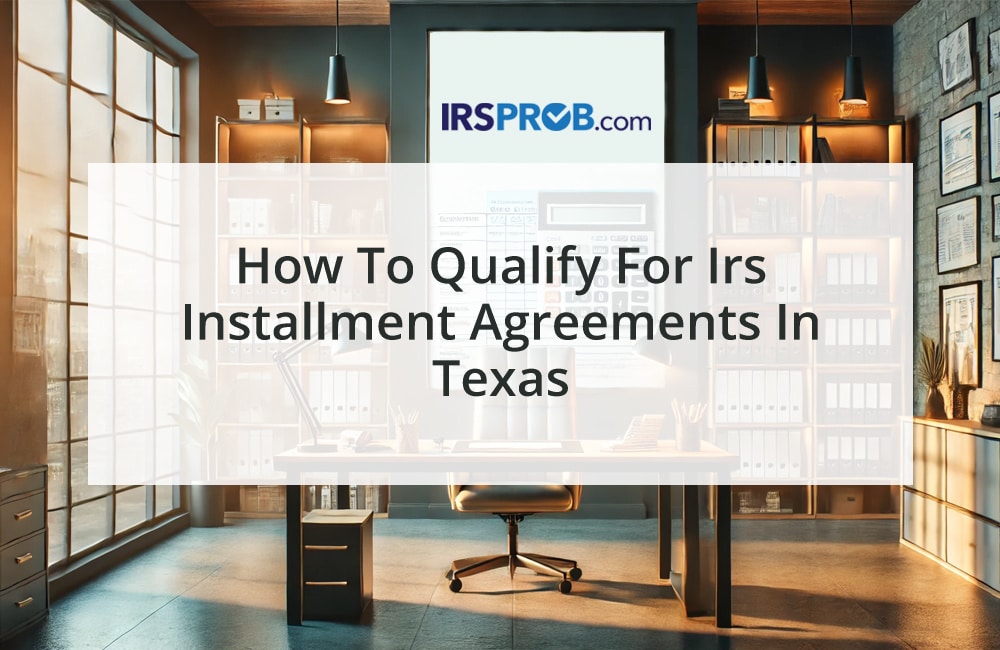A recent legal memorandum from the Internal Revenue Service’s Office of Chief Counsel has raised concerns for organizations engaged in providing name, image, and likeness (NIL) opportunities to collegiate student-athletes, commonly known as college NIL collectives. This memorandum casts doubt on the eligibility of many of these organizations for tax-exempt status under Section 501(c)(3) of the Internal Revenue Code, potentially leading to significant repercussions on their operations and the tax-deductibility of donations.
Understanding Exempt Purpose and Public Interest:
Section 501(c)(3) mandates that organizations must operate exclusively for one or more exempt purposes to qualify for tax-exempt status under Section 501(a). The IRS memo emphasizes the need for organizations to primarily serve a public interest rather than a private one. While it’s acceptable to cater to both public and private interests, the private benefit should only be incidental to the broader public interest.
Assessing Private Benefit and NIL Collectives:
The IRS memorandum argues that nonprofit NIL collectives, which compensate student-athletes in exchange for their services and NIL usage, may not further educational purposes as required by Section 501(c)(3). The memo stipulates that unless these collectives select student-athletes based on need and ensure the payments are reasonably tailored to meet that need, the private benefit provided to student-athletes may surpass the permissible incidental benefit.
Exploring the Impact of NCAA’s NIL Policy and State Laws:
In 2021, the NCAA adopted a policy allowing student-athletes to earn compensation for their NIL without affecting their NCAA eligibility. However, varying state laws also play a role, with not all states regulating NIL activities. This led to the emergence of NIL collectives, functioning independently of educational institutions. Some collectives received tax-exempt status as nonprofit entities, while others were established through fiscal sponsorship agreements or affiliations with existing tax-exempt organizations supporting universities or athletic programs. Additionally, some collectives were established as for-profit entities.
Evaluating the Tax Deductibility of Donations:
Typically, donors to tax-exempt organizations are eligible for tax deductions on their contributions. However, the IRS memo raises questions about the tax-deductibility of donations made to college NIL collectives that might no longer qualify for tax-exempt status. Donors from tax years 2021, 2022, and 2023 may be uncertain about the status of their historical donations. Tax experts suggest that such donations may not require refiled or modified tax returns. However, the inclusion of an organization’s name on the IRS Auto-Revocation list serves as a notice to donors that their donations are no longer tax-deductible.
Potential Implications and Outcomes:
While the IRS memo doesn’t provide specific figures on the number of NIL collectives or their nonprofit registrations, there are over 200 collectives associated with 131 Football Bowl Subdivision schools, with dozens having received tax-exempt status and attracting millions in donations. The impact of the memo will largely depend on the structure and support of each collective. Some may retain their tax-exempt status, while others might need to transition to a not-for-profit LLC model. Collectives primarily serving the interests of a select group of wealthy donors could face significant challenges.
Key Factors Influencing Nonprofit Status:
The IRS memo identifies specific factors suggesting that some nonprofit NIL collectives may prioritize compensating student-athletes over serving a broader public interest. Such factors include explicitly informing donors that their contributions directly benefit student-athletes, guaranteeing fixed compensation for all students on a team or specific positions, or enabling donors to target their donations to a specific athletic team without specifying the charitable program they support.









